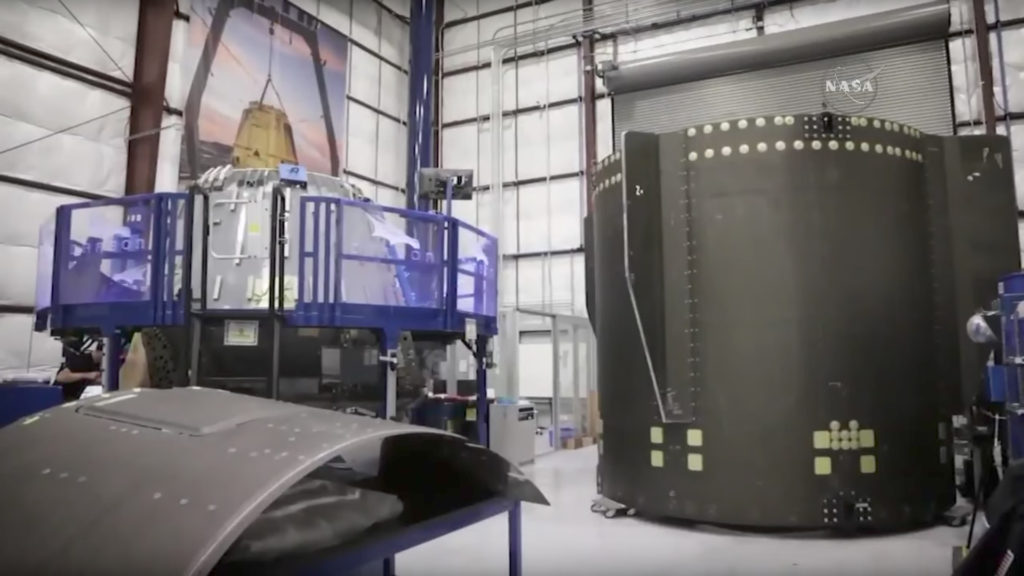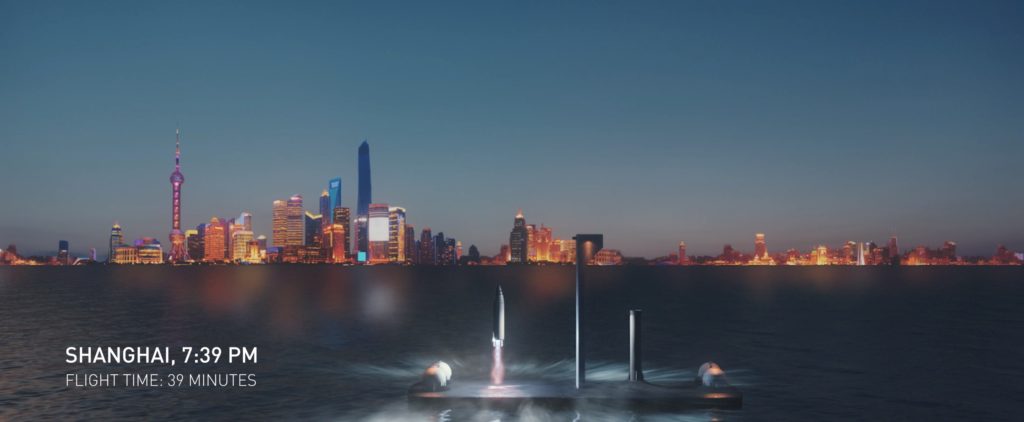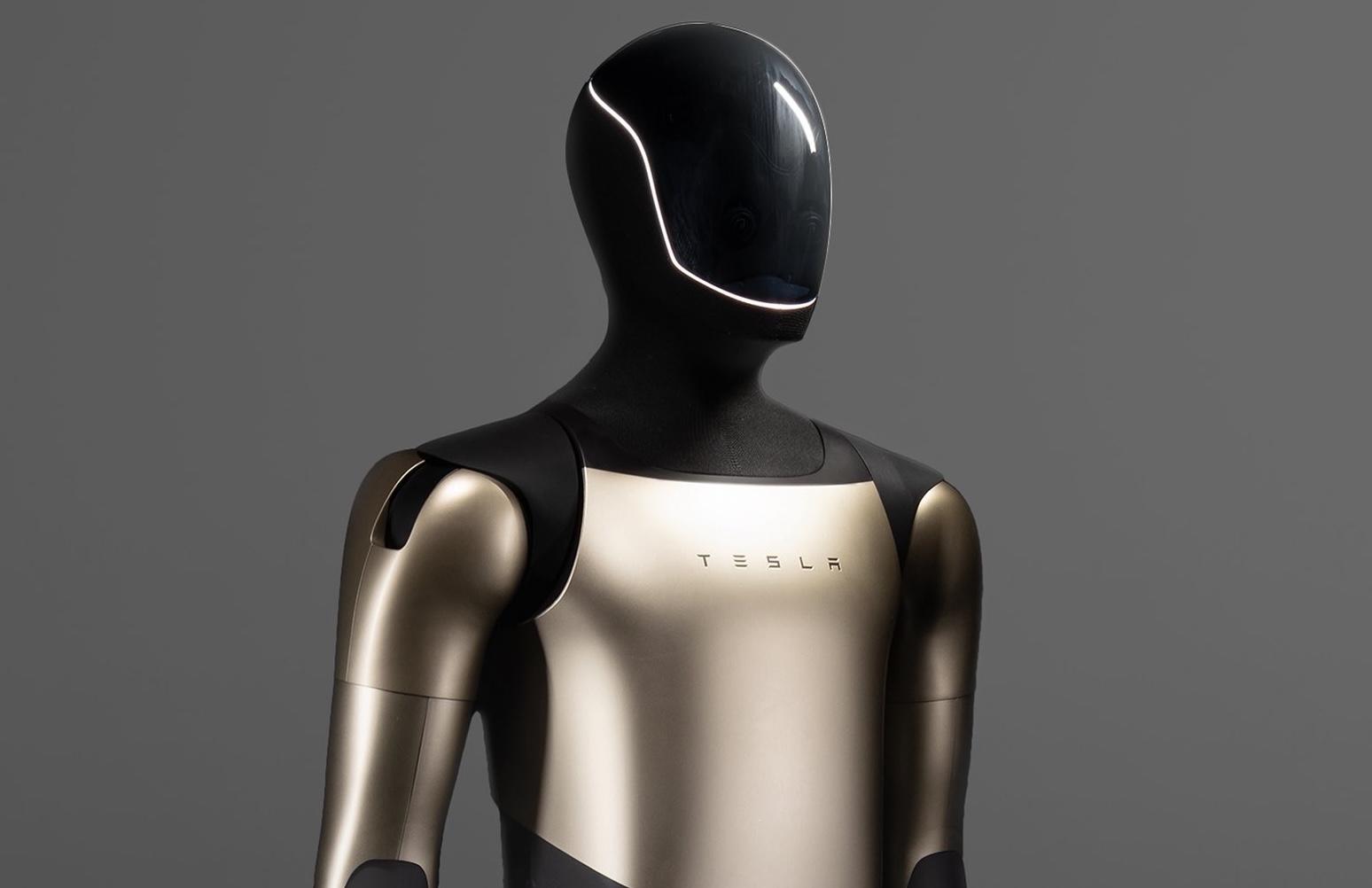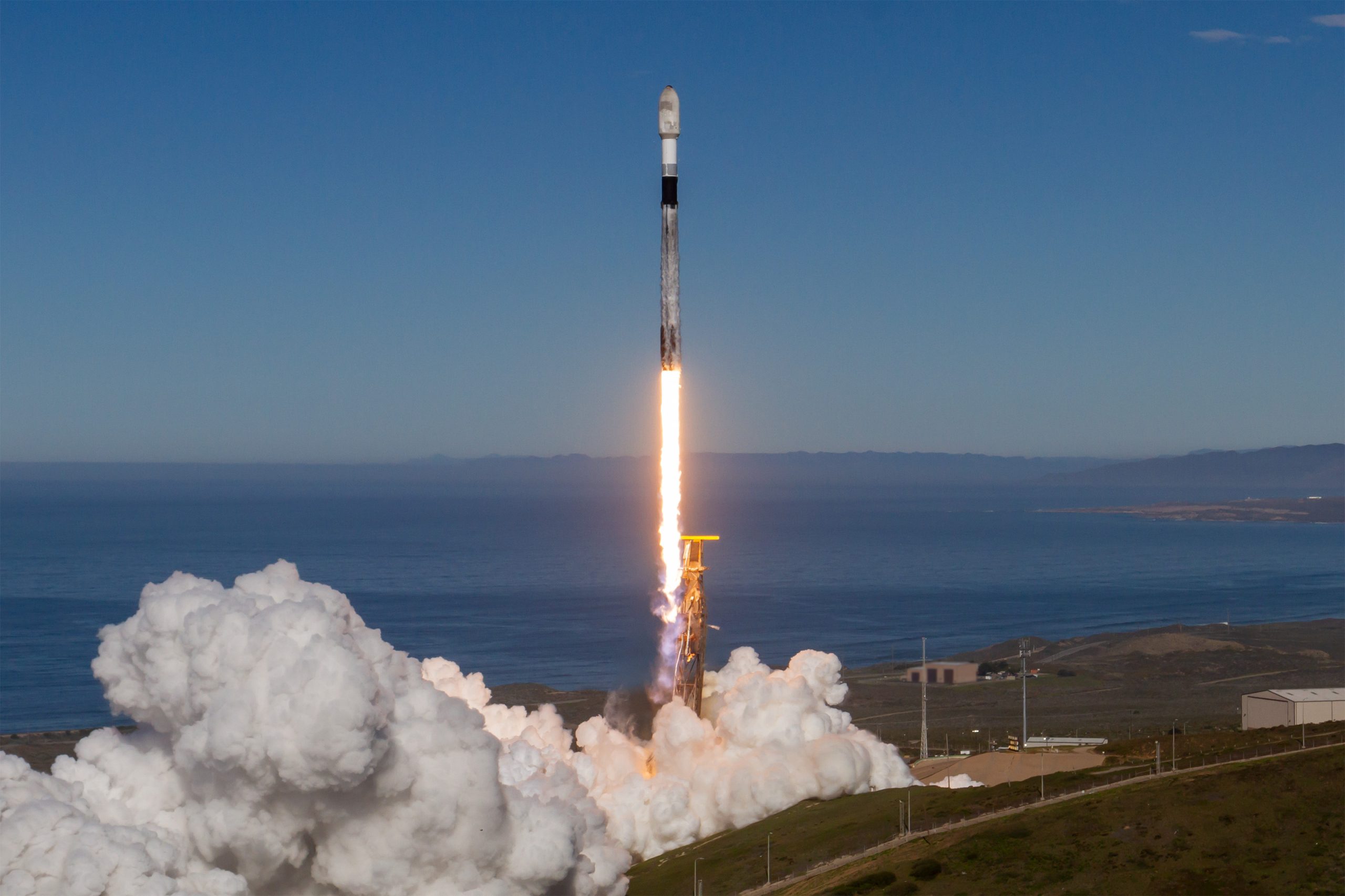

News
SpaceX urges White House to foster public-private partnerships in space
Earlier this year, the White House announced plans to reestablish the National Space Council (NSC), an advising body that dates back to the creation of NASA in 1958. The council convened for the first time on October 5 and invited several central figures in US spaceflight, including SpaceX’s President and COO Gwynne Shotwell.
In a brief but powerful speech to the Council, Shotwell urged the US Federal government to apply the lessons learned from NASA’s successful private-public partnerships to efforts to expand human presence in Low Earth Orbit and beyond. Those successful partnerships include NASA COTS (Commercial Orbital Transportation Services), which funded SpaceX to develop its Cargo Dragon spacecraft to resupply the ISS, and the Commercial Crew Program (CCP) that funded SpaceX for the development of their crewed Dragon 2 spacecraft. In terms of efficiency and speed, both programs have indeed been extraordinarily successful, despite often maligned delays.
As a brief example of the insignificance of SpaceX’s Commercial Crew delays, one needs to look no further than NASA’s Space Launch System. Described in early 2011 to be pursuing operational readiness no later than December 2016, SLS is now extremely unlikely to conduct its first launch until well into 2020. A reasonable cost estimate spreads the development costs ($30 billion) over 30 years of operations, assumes an optimistic one launch per year for the vehicle, and arrives at an astounding final figure of $5 billion per SLS launch.
The development funds NASA awarded SpaceX for both Cargo Dragon, Falcon 9, and Crew Dragon were estimated to be no more than $7.3 billion from 2006 to the last Cargo Dragon mission currently scheduled for 2024. Even if this figure swells to $10 billion once operational crewed flights to the ISS begin in 2018 or 2019, the entire cost of NASA’s support of SpaceX would equate to two launches of SLS total.

NASA slipped a sly glimpse of Dragon 2 construction into their live coverage SpaceX’s CRS-12 launch. On the left is a Dragon 2 pressure vessel, while on the right is the vehicle’s “trunk”. (NASA)
Shotwell made sure to avoid the topic of SLS entirely, instead choosing to highlight the benefits of cost and speed public-private partnerships could provide for deep space communications and interplanetary cargo transport. This marks the second time that a ranking member of SpaceX has mentioned a possible public-private program for deep space communications, something that will inevitably need to improve as the commercial spaceflight apparatus extends its reach beyond Earth. SpaceX is currently developing satellite technology to enable a massive orbital Internet constellation around Earth, and the company is obviously interested in leveraging that R&D to strengthen Earth-Mars and Earth-Moon networks into a more robust communications backbone. Secretary of Transport Elaine Chao and Secretary of State Rex Tillerson also slipped in words of excitement and interest in SpaceX’s recently revealed concept of point to point Earth transportation with their BFR system.
This meeting of the NSC also focused heavily on the domestic and regulatory apparatus for commercial space operations. Shotwell and Blue Origin’s CEO Bob Smith both suggested that the FAA’s current rules and regulations regarding commercial spaceflight ought to be reviewed and potentially updated to better account for a future of reusable commercial launch vehicles. Shotwell subtly maligned the often-tedious process of applying for FAA launch permits, pointing to the fact that even slight changes to permits would force companies to file entirely new applications, often taking six months or longer. SpaceX, with its rapid development and deployment of reusable rockets and an ever-increasing launch cadence, is more than ever before at odds with the FAA’s slow and unforgiving permitting processes.

SpaceX’s BFR Earth transport concept would undoubtedly clash head-on with the FAA’s current system of rocket regulations. (SpaceX)
Intriguingly, Council members Mike Pence, Mick Mulvaney, and Elaine Chao all expressed a desire to ease the burden of anachronistic regulations on the commercial space industry. More interesting still, the commercial space panel ended with what effectively sounded like a handshake deal between the Vice President, the Secretary of Transportation, and the Director of the Office of Management and Budget to review current commercial spaceflight regulations and report the results of those reviews to the NSC in no more than 45 days.
It remains to be seen if this verbal commitment translates into an official review, but it is at a minimum encouraging to hear ranking members of the current White House administration so openly express support for SpaceX, Blue Origin, Sierra Nevada Corp., and American commercial spaceflight in general.
The First Meeting of the National Space Council can be seen in the embed below.
https://www.youtube.com/watch?v=nh2jVG76S7g

News
Tesla scores major hire as Apple scientist moves to Optimus team
Chen, who advanced from individual contributor to technical lead during his time at Apple, noted that he was blown away by Tesla’s efforts and synergy.

Former Apple research scientist Yilun Chen has left the tech giant to join Tesla’s Optimus AI team. Chen, who advanced from individual contributor to technical lead during his time at Apple, noted that he was blown away by Tesla’s efforts and synergy.
Apple veteran closes a major chapter
In a farewell note, Yilun Chen reflected on his tenure at Apple as a period defined by rapid growth and exposure to notable internal projects, some of which remain unreleased. His roles spanned engineering, research, early product incubation, and hands-on prototyping, allowing him to build expertise across both mature and emerging teams.
Chen credited mentors, colleagues, and cross-functional collaborators for shaping his trajectory, calling the experience unforgettable and emphasizing how each team taught him different lessons about scaling technology, guiding product vision, and navigating fast-moving research environments. “Each role has offered me invaluable unique lessons… My deepest gratitude goes to my colleagues, mentors and friends,” he wrote.
Tesla’s Optimus lab secured the hire
Chen said the move to Tesla was driven by the momentum surrounding Optimus, a humanoid robot powered by LLM-driven reasoning and Physical AI. After visiting Tesla’s Optimus lab, he admitted that he was “totally blown away by the scale and sophistication of the Optimus lab and deep dedication of people when I got to visit the office.”
His first week at Tesla, he noted, involved spontaneous deep-tech discussions, a flat team structure, rapid prototyping cycles, and what he called a “crazy ideas with super-fast iterations” culture. Chen emphasized that the team’s ambition, as well as its belief that humanoid robots are now within reach, creates an energy level that feels aimed at changing the world.
“You can feel the energy to change the world here,” he wrote in a post on social media.
Elon Musk
Elon Musk gives nod to SpaceX’s massive, previously impossible feat
It was the booster’s 30th flight, a scenario that seemed impossible before SpaceX became a dominant force in spaceflight.

Elon Musk gave a nod to one of SpaceX’s most underrated feats today. Following the successful launch of the Transporter-15 mission, SpaceX seamlessly landed another Falcon 9 booster on a droneship in the middle of the ocean.
It was the booster’s 30th flight, a scenario that seemed impossible before SpaceX became a dominant force in spaceflight.
Elon Musk celebrates a veteran Falcon 9 booster’s feat
SpaceX completed another major milestone for its Smallsat Rideshare program on Friday, successfully launching and deploying 140 spacecraft aboard a Falcon 9 from Vandenberg Space Force Base. The mission, known as Transporter-15, lifted off two days later than planned after a scrub attributed to a ground systems issue, according to SpaceFlight Now. SpaceX confirmed that all payloads designed to separate from the rocket were deployed as planned.
The Falcon 9 used for this flight was booster B1071, one of SpaceX’s most heavily flown rockets. With its 30th mission completed, it becomes the second booster in SpaceX’s fleet to reach that milestone. B1071’s manifest includes five National Reconnaissance Office missions, NASA’s SWOT satellite, and several previous rideshare deployments, among others. Elon Musk celebrated the milestone on X, writing “30 flights of the same rocket!” in his post.
Skeptics once dismissed reusability as unfeasible
While rocket landings are routine for SpaceX today, that was not always the case. Industry veterans previously questioned whether reusable rockets could ever achieve meaningful cost savings or operational reliability, often citing the Space Shuttle’s partial reusability as evidence of failure.
In 2016, Orbital ATK’s Ben Goldberg argued during a panel that even if rockets could be reusable, they do not make a lot of sense. He took issue with Elon Musk’s claims at the time, Ars Technica reported, particularly when the SpaceX founder stated that fuel costs account for just a fraction of launch costs.
Goldberg noted that at most, studies showed only a 30% cost reduction for low-Earth orbit missions by using a reusable rocket. “You’re not going to get 100-fold. These numbers aren’t going to change by an order of magnitude. They’re just not. That’s the state of where we are today,” he said.
Former NASA official Dan Dumbacher, who oversaw the Space Launch System, expressed similar doubts in 2014, implying that if NASA couldn’t make full reusability viable, private firms like SpaceX faced steep odds.
News
Tesla AI and Autopilot VP hints that Robovan will have RV conversions
Tesla’s vice president of AI and Autopilot software, Ashok Elluswamy, hinted at the linitiative in a reply to Y Combinator CEO Garry Tan.

It appears that Tesla is indeed considering an RV in its future pipeline, though the vehicle that would be converted for the purpose would be quite interesting. This is, at least, as per recent comments by a Tesla executive on social media platform X.
Robovan as an RV
Tesla’s vice president of AI and Autopilot software, Ashok Elluswamy, hinted at the linitiative in a reply to Y Combinator CEO Garry Tan, who called for a startup to build RVs with Full Self-Driving capabilities. In his reply, Elluswamy simply stated “On it,” while including a photo of Tesla’s autonomous 20-seat people mover.
Tesla unveiled the Robovan in October 2024 at the “We, Robot” event. The vehicle lacks a steering wheel and features a low floor for spacious interiors. The vehicle, while eclipsed by the Cybercab in news headlines, still captured the imagination of many, as hinted at by X users posting AI-generated images of Robovan RV conversions with beds, kitchens and panoramic windows on social media platforms. One such render by Tesla enthusiast Mark Anthony reached over 300,000 views on X.
Elon Musk on the Robovan
Elon Musk addressed the Robovan’s low profile in October 2024, stating the van uses automatic load-leveling suspension that raises or lowers based on road conditions. The system maintains the futuristic look while handling uneven pavement, Musk wrote on X. The CEO also stated that the Robovan is designed to be very airy inside, which would be great for an RV.
“The view from the inside is one of extreme openness, with visibility in all directions, although it may appear otherwise from the outside. The unusually low ground clearance is achieved by having an automatic load-leveling suspension that raises or lowers, based on smooth or bumpy road conditions,” Musk stated.
Elluswamy’s response on X suggests that Tesla is considering a Robovan RV conversion, though it would be interesting to see how the company will make the vehicle capable of reaching campsites. The Robovan has a very low ground clearance, after all, and campsites tend to be in unpaved areas.









